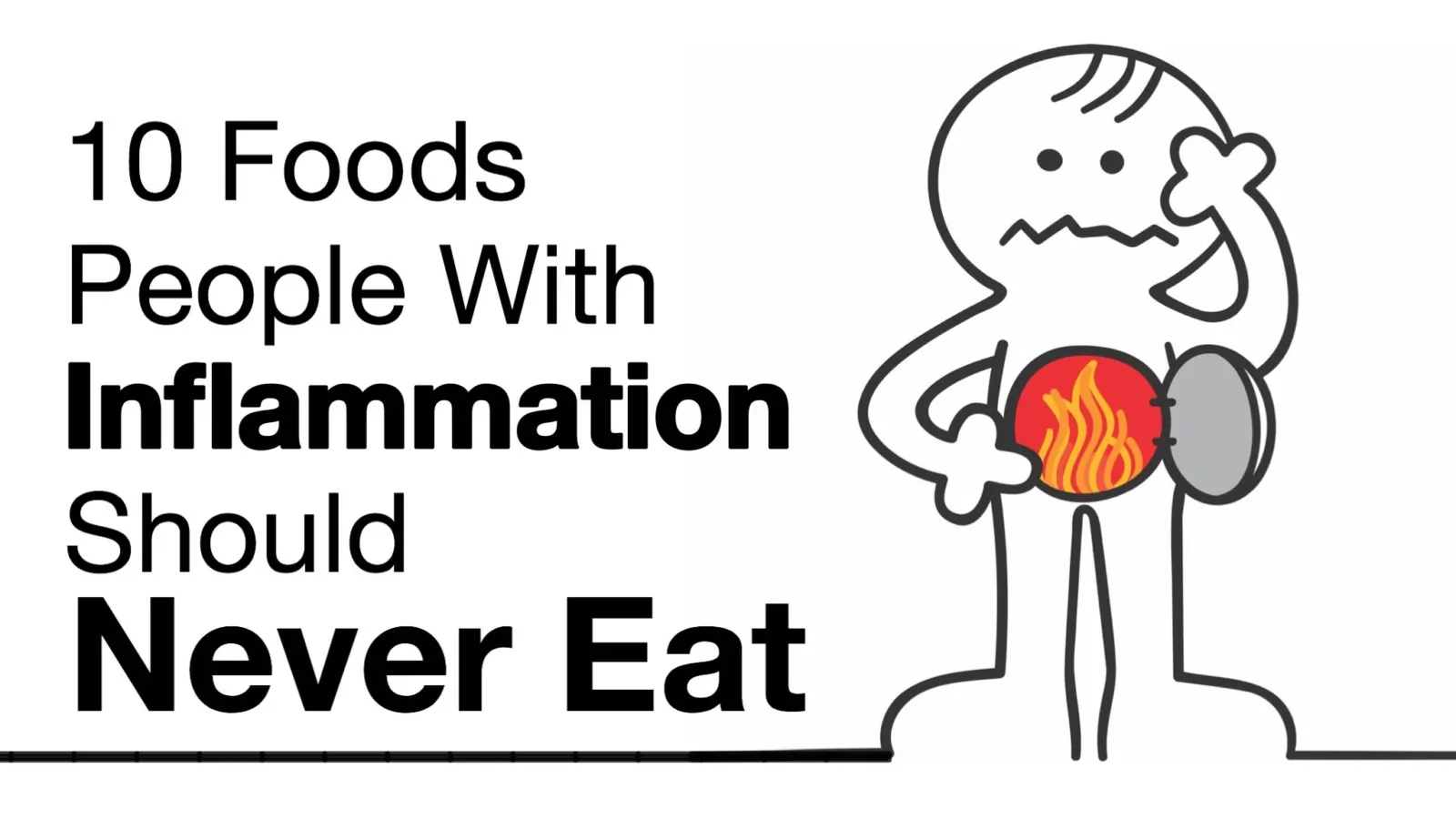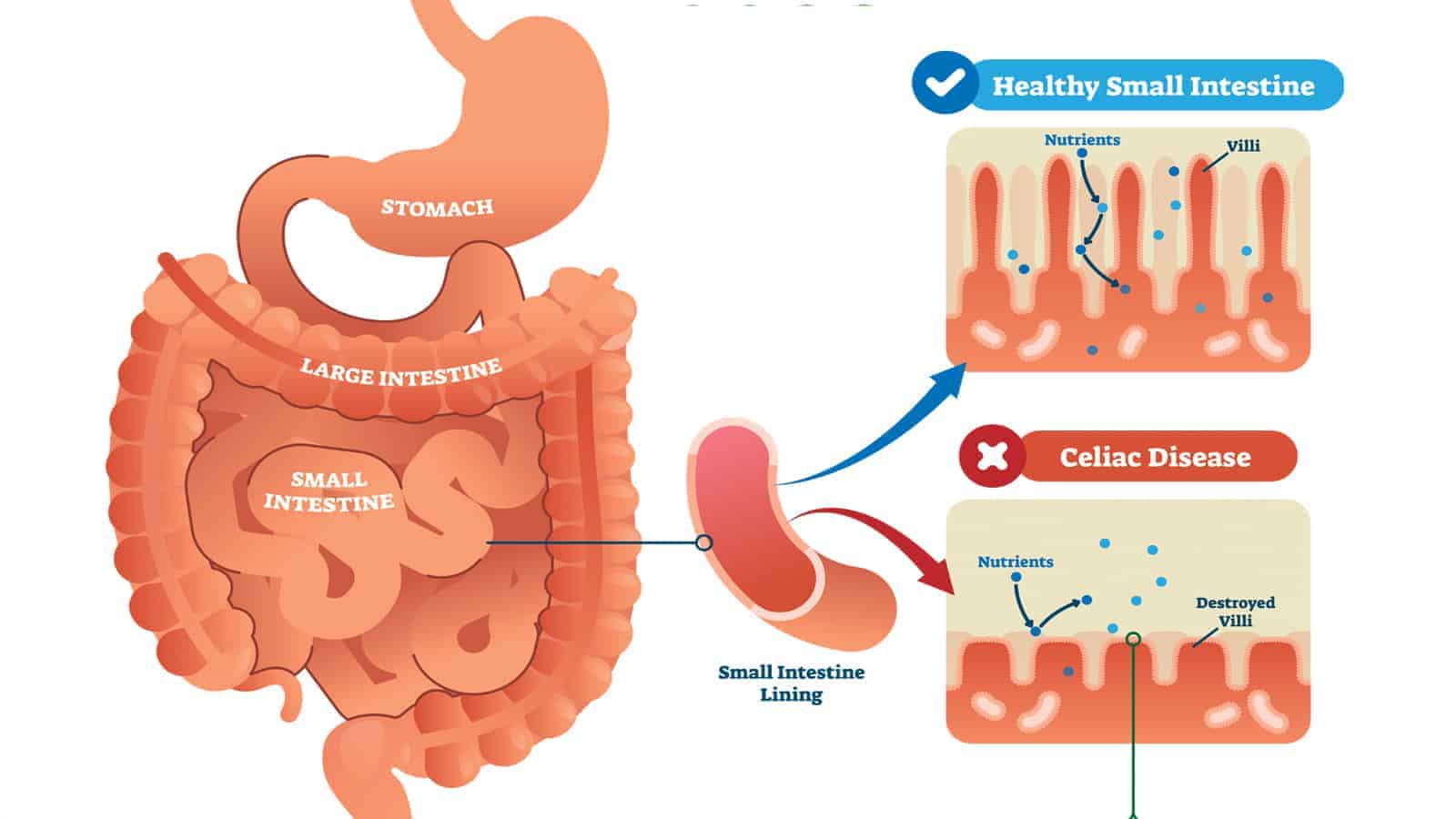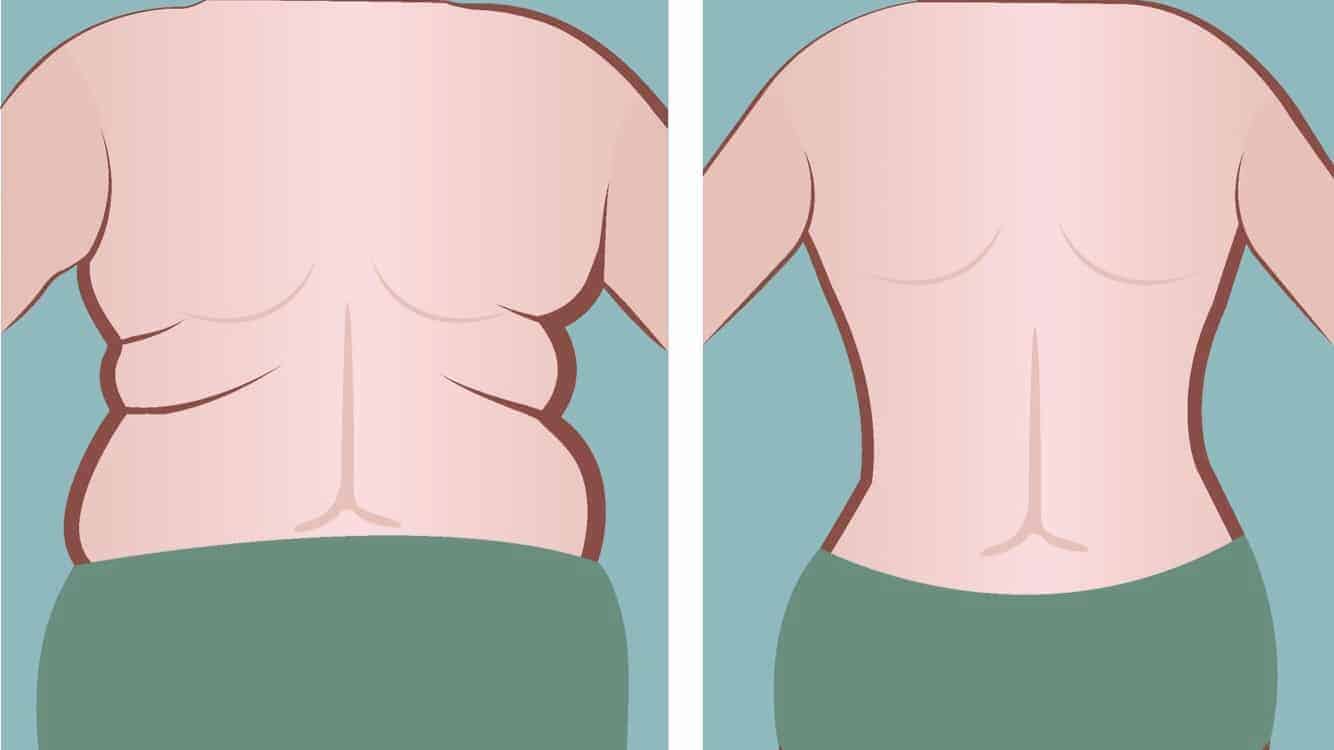You’ve probably heard people talk about gluten-free diets at some point. Some people swear it’s the safest way to eat. For some people, this is true. People who have celiac disease have bad reactions when they eat foods that contain gluten. Some people may not be aware that they have the condition because it can show up at any age, so they deal with it for years, thinking that they are symptoms of something else. It’s a disease that can severely affect the quality of people’s lives.
Now, there is good news in the scientific community. Pediatricians have had a breakthrough in research that shows a way to possibly prevent people from developing the disease in the first place. Prevention would be the ideal solution – stopping the disease in infancy.
If you’re reading this, you probably already know all about celiac disease. However, just in case you don’t, the first section will tell you everything you need to know about it. Keep reading to find out more.
What is Celiac Disease?
This is an autoimmune disorder in which the body attacks the small intestine. This attack leads to damage to the villi in the small intestine. These thin, finger-like protrusions are responsible for trapping nutrients and aiding in the body’s absorption of them. The disease occurs in genetically predisposed people, which constitutes about 10% of the global population.
Celiac disease can develop in people of any age. Unfortunately, many people are undiagnosed and end up suffering long-term consequences, including the possibility of developing another autoimmune disease. Once a person acquires it, it’s a lifelong condition that is currently incurable.
Causes of Celiac Disease
 If you ask most people what causes celiac disease, they’ll probably say a gluten allergy. This data isn’t exactly wrong. It’s just misinterpreted. Gluten triggers the disease, but it doesn’t cause it. Celiac disease stems from an inappropriate immune response to gliadin, a gluten protein.
If you ask most people what causes celiac disease, they’ll probably say a gluten allergy. This data isn’t exactly wrong. It’s just misinterpreted. Gluten triggers the disease, but it doesn’t cause it. Celiac disease stems from an inappropriate immune response to gliadin, a gluten protein.
In the body, specific protein complexes inside of immune system cells can attach to outside proteins such as gliadin. A variant of the two genes that make up the protein complex known as antigen-binding DQαβ heterodimer recognizes gliadin as a foreign substance (bacteria or virus). It prompts the immune system to attack it. This attack is what damages the small intestine.
Scientists discovered that everyone who has celiac disease has specific variants of the two genes. The genes are HLA-DQA1 and HLA-DQB1. However, not everyone who has the gene variants have celiac disease. Scientists are still working to pinpoint other factors that contribute to the disease.
Symptoms of the Disease
Diagnosing the disease can be challenging because a person might have one or two symptoms, all of them, or none of them. The symptoms are also symptoms of other diseases, so it takes a lot of work to distinguish the illness from something else. There is one distinguishing factor – children are more likely than adults to have digestive problems. However, the likelihood is not so high that it can be a rule.
*Symptoms provided by MayoClinic
Adult Symptoms – Digestive
- Abdominal pain
- Bloating
- Nausea
- Vomiting
- Diarrhea
- Constipation
Adult Symptoms – Non-Digestive
- Fatigue
- Anemia
- Nausea
- Skin rash
- Ulcers
- Nerve problems
- Headaches
- Balance/coordination problems
- Hyposplenism
- Bone disorders
Child Symptoms – (in addition to the ones above)
- Chronic diarrhea
- Gas
- Pale stools that smell abnormally bad
- Swollen belly
Foods That Contain Gluten
 Wheat, barley, rye, triticale, and oats are sources of gluten. Some foods have these ingredients in them, but you’d be surprised at other foods that contain these as “hidden” ingredients. That’s because they often go by different names that people aren’t familiar with.
Wheat, barley, rye, triticale, and oats are sources of gluten. Some foods have these ingredients in them, but you’d be surprised at other foods that contain these as “hidden” ingredients. That’s because they often go by different names that people aren’t familiar with.
Other Names for Wheat and Wheat Flours
- Durum
- Einkorn
- Emmer
- Kamut
- Spelt
- Enriched flour
- Farina
- Graham flour
- Self-rising flour
- Phosphate flour
- Semolina
You must be careful to avoid anything with these ingredients in them. You can’t even cross-contaminate foods. For example, you need to use a separate toaster for gluten-free bread so that crumbs from regular bread don’t get on it.
Not all grains have gluten in them. You can still enjoy grains and food made from grains. You need to make sure you get the right ones.
Even medications can contain gluten. For prescription medication, your doctor should be aware of the disease, not to prescribe any gluten-containing medications. However, over the counter medications should be scrutinized before you take them.
Current Treatments
Currently, the only verified treatment for the disease is to avoid eating foods with gluten. The person’s diet must be completely gluten-free. Even minuscule amounts of gluten are enough to trigger an attack.
There may be treatment options to help manage the symptoms of the disease if they’re severe. However, this may be unnecessary because symptoms subside rather quickly when the person stops eating gluten. They can disappear in a few days to a few weeks.
Once a person stops eating gluten, the small intestine will heal as well, although this can take more time than it takes for the symptoms to disappear. It can take 3 to 6 months in children, and in adults, it could take years.
Pediatricians Discover a New Possible Prevention Method for Kids
Science Daily published an article on September 28, 2020, showing promise in preventing food allergies in the first place. Discovering a way to avoid food allergies in infants possibly is a huge scientific breakthrough. It’s especially significant because there is no way to cure the celiac disease once a child or adult has developed it. While there is still a lot of research to be done, the results of this discovery have the scientific community buzzing.
The Enquiring About Tolerance (EAT) Study was conducted by a group of pediatricians, scientists, and researchers in the United Kingdom. Led by Dr. Michael Perkin, Ph.D., a senior lecturer in pediatric allergies at St. Thomas’ Hospital and consultant in pediatric allergies at St. George’s Hospital, the final findings were published in 2016. Other key researchers in the study were Dr. Kristy Logan, Ph.D., Henry T. Bahnson, MPH, and Dr. Tom Marrs, Ph.D.
The goal of the study was to see if introducing allergen-related foods to high-risk infants at an early age would reduce the risk of infants developing food allergies. They used six common foods that parents are usually told to avoid when feeding a young infant. They are milk, peanut, sesame, fish, eggs, wheat.
How scientists conducted the research
The infants involved in the study were 3 to 6 months old at the time the study began. They enrolled 1,300 infants, and the selection of babies was representative of the UK population.
Breastfeeding for the first six months of the babies’ lives was a requirement for the study. The goal was to see if this early introduction of allergens, along with breastfeeding, worked out. They chose breastfed infants from England and Wales for the study. They did a skin prick test to ensure the infants were not already allergic to the six foods.
These infants were separated into two groups. The first group, named the Standard Introduction Group avoided the food allergens for six months. The second group, called the Early Introduction Group, gradually introduced six foods over six months.
The study lasted for three years. Parents completed online questionnaires every month for the first year of their lives, then every three months until the child was three years old. The babies all had clinic visits at 12 months old and three years old to determine if they were allergic to the six foods (they also tested for tree nuts and aeroallergens).
At the end of the three years, the results of the study were:
- Peanut allergy development: 2.5% standard group, 0% early introduction group
- Egg allergy development: 5.5% standard group, 1.4% early introduction group
- None of the infants in either group suffered any type of anaphylactic shock from the six foods.
While peanuts and eggs are gluten-free, the study still shows that introducing allergy-related foods to infants early can reduce their chances of developing allergies. Pediatricians and scientists are hoping to use this newly discovered information to apply to foods that contain gluten in an effort to battle the disease. This study is a small step, but a step in the right direction.
 Final Thoughts on Celiac Disease in Children
Final Thoughts on Celiac Disease in Children
Indeed, this disease isn’t the worst disease on the planet. It’s just tough to have because so many foods contain gluten. Having this disease significantly cuts down your meal choices.
These days, manufacturers are more aware of the need for gluten-free foods. Many of them offer gluten-free versions of popular foods like bread, pancakes, snacks, and more. The selections are still limited – you may only have one or two brands to choose from – but it’s better than not being able to eat your favorite foods ever again.
As far as the research is concerned – pediatricians and scientists still have a long way to go in some prevention method or treatment of the disease. However, all scientific advances start somewhere, usually with a small breakthrough that opens doors to tons of possibilities. This breakthrough is pointing to a bright future for people who have Celiac Disease.
















